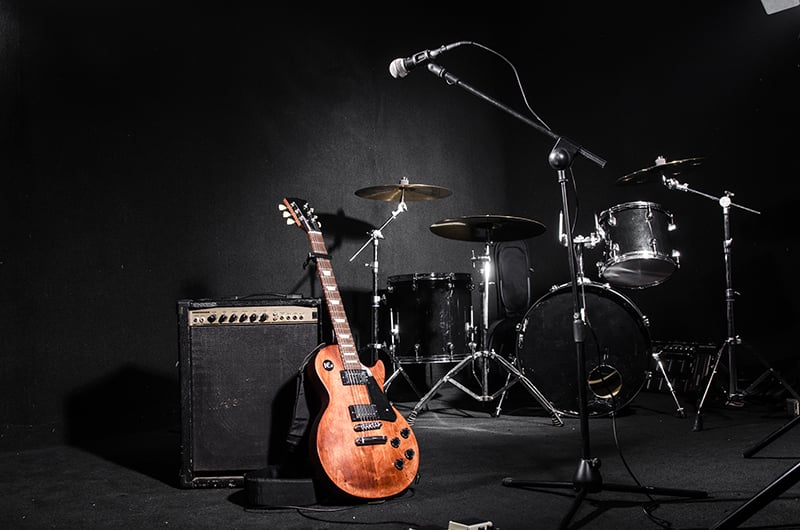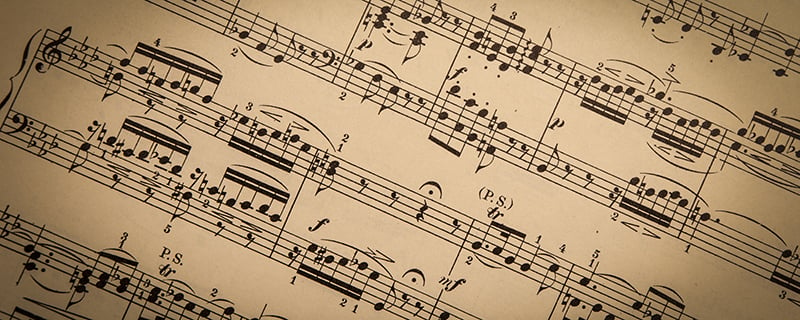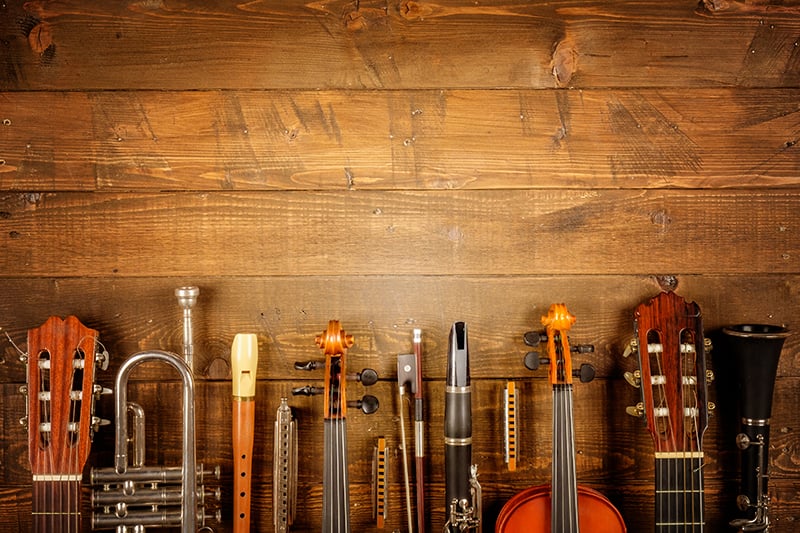Learning Can Be Fun
Have you ever wanted to learn how to make music? Learning about music takes a lot of time, practice, and patience, but that doesn’t mean it can’t be fun! Music has always been an important part of human life, and the great thing is that you’re never too old or young to learn about it. One way to do that is to get to know the different types of instruments and styles of music. If you decide to learn how to play music, you may not be able to play as well as the people you hear on the radio right away, but you’ll find that learning about music can be fun every step of the way!

Music Theory
Music theory is the term used to describe ideas or words that help us understand what music is, what it does, and how it works. Music theory includes concepts such as musical notes, music values, time signatures, and dynamics, things that all fit together to make music that sounds a certain way. By being able to understand what music is made up of, we can learn how to identify the different parts and begin creating them for ourselves. Music theory is a way of explaining and describing music by putting the ideas that make up music into a written form. This may sound like a boring list of definitions, but it’s not! Music theory can be fun and exciting for all students who want to learn about music. From music class to musical theater, music theory will teach you all of the basics of the art of music.

Music History
Music has changed a lot over time. The types of music and instruments heard around the world have been very different in different places and in different parts of history. Most of the earliest instruments were made of materials found around the musician’s home. The types, sizes, and shapes of early drums or guitars could affect how the instrument was played and how the music sounded. Most early music was made on drums or wind and string instruments. Of course, how we play music is not the only thing that has changed over the years. How we read, learn, and understand music has also changed since the invention of printed sheet music. While examples of sheet music can be seen as far back as 2000 B.C., writing materials were expensive and hard to find for most people for a lot of history. Because of this, many musicians learned by watching and listening rather than reading sheet music. While many people still prefer this method of learning, most jobs involving music today require you to be able to read sheet music.

Styles of Music
Music comes in many styles, from alternative, punk, and rock to blues, lullabies, country, and classical, and new ones are always being invented. How a style of music sounds can be influenced by the creator’s culture, background, and age. There’s a type of music to suit any taste, whether it’s simple drumming or rock music that can fill the seats of the biggest theater.

Instruments
Whether you are interested in percussion, wind, brass, or string instruments, there’s something to fit each person. Learning an instrument takes a lot of time and patience, so don’t expect to sound like a professional your first time. Sometimes, the instrument you choose can depend on your age, size, and abilities. For instance, some instruments are heavier and require the musician to be able to carry or support them. Other instruments require the musician to have a certain strength and lung capacity to play them.

Music Games
Learning about music can take a lot of time and practice, but learning through musical games can make it more fun. Instead of worrying about the right answer or what finger goes where, you can play games on your own and relax and have fun while you’re learning about music. Whether you are learning music theory or practicing reading sheet music, games can help you get better at it.

Further Reading


